Introduction
Before Starting any Fermetation process in large scale Scientists first performed that process in lab or in paper work so mistakes can be reduced and chances of sucess ratCe can be increases. if you have an microorganisms which produce good yeild in industrial fermentor and you think that meight if media is more optimized in particular manner it’s yeild can be more increased. so here we discussed about media optimization process how you can optimize fermenter media to get high yeild from particular microorganism. so lets discuss the methods which you can used to optimize media of bioreactor or fermentor.
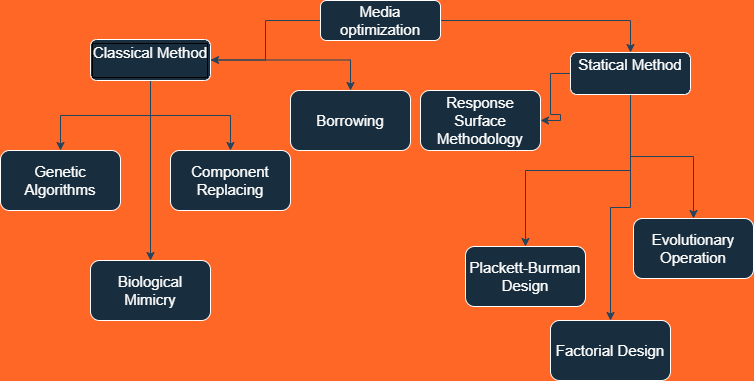
There are various methods for media optimization in bioprocess which can be devided into two broadly categories.
- Classical Mehod
- Statical Method
Classical Method
Classical method can further you can devide into as follows
- Component Replacing
- Borrowing
- Biological Mimicry
- Genetic Algorithms
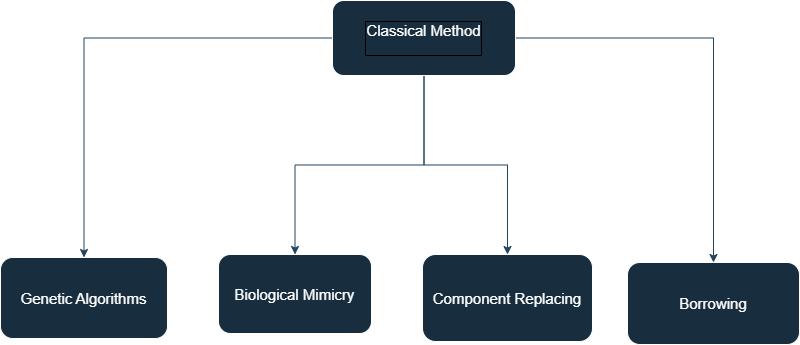
Statical Method
Statical Method is devided into further as follows
- Plackett-Burman Design
- Response Surface Methodology
- Factorial Design
- Evolutionary Operation
- Artificial Neural Network
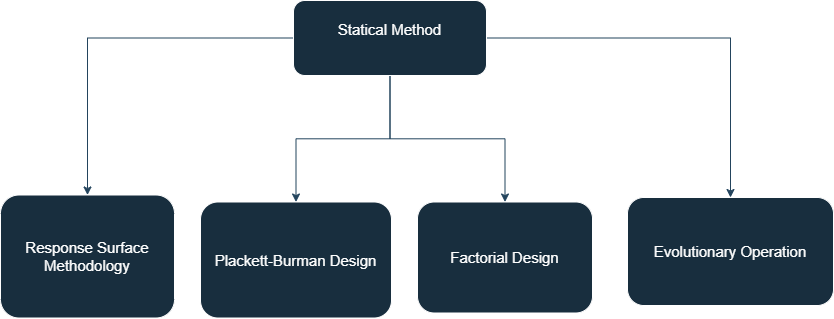
Classical Method
In classical method of media optimization in bioprocess involves systematically varying the composition of the growth medium in order to enhance the growth and productivity of cells or microorganisms in a fermentor.. This method is widely used in industries such as biotechnology to improve the efficiency and yield of production processes but it takes lot’s of time, efforts and also money as well so now day’s it is replaceble by statical tool so we can save our time and energy.
Component Replacing
In this process we Identification a Key Components or Understand the composition of the existing growth medium that may affect the desired bioprocess parameters. These components may include carbon sources, nitrogen sources, minerals, vitamins, amino acids, growth factors, and buffers, and replace them with another component.
Borrowing
Borrowing means you can read various authors papers or books to used for your experimental design it is open and easy to use free source for reading others papers and make conclution and apply to your research work.
Biological Mimicry
In this method different elemental composition required by the microorganism for its best growth is studied and Media is formulated based on the composition and exact amount of components required by microorganisms to grow and give high yeild. but again this process is time consuming and expensive. It is not easy to analyze the each elemental composition of microbes. It is a close-ended system, where component interactions cannot studied.
Genetic Algorithms
This method is based on the principle of genetic manipulation, which lead to desired organisms producing high yield. With the help of mutations, crossing over or recombination organisms with unique organisms are produced which can give better yield in particular medium formulation conditions. After obtaining such organisms,replication of such strain produce high yield strains.However its main disadvantage is that it is not capable of storing the information generated at each stage of the optimization process.
Statical Method
Now day’s Statics tools are used everywhere and every domain of science and technology, So in media optimization statical tools are used and great thing is that it is worthful to apply statical tools in media optimization process Statical method such as Plackett-Burman Design is widely used in media formulation in fermentation industry’s and other industriesas well. statical method is easy to use less time consuming and interesting thing is that it is totally free of cost you have not pay any single money to use this so lets discuss each statical tool in detail.
Plackett-Burman Design
The Plackett-Burman design, was named after statisticians J. P. Burman,and R. D. Plackett it is an type of experimental design used primarily in industrial experiments, particularly in the field of chemical engineering, bioprocess and pharmaceuticals. This design is employed when the scientists wants to identify the most significant factors which affecting the fermentation process in fermentor.
When we take more than five independent variables to investigated them to what was changes when we change the concentrationof that independent variable, the Plackett-Burman design may be used to find the most important variables in a system, which are then optimized in further studies to obtain high yeild from fermenter.
This technique allows for the evaluation of
X-I variables by X experiments. Her X must be the multiple of 4, Example: 8, 12, 16, 20, 24, etc.
Normally one can determined how many experimental variablesare need to be included in an investigation and then selects the Plackett-Burman design which meets that requirement most closely in multiples of 4. any factors not assigned to a variable can be designated as a dummy variable. And factors known to not have any effect may be included and designated as dummy variables.
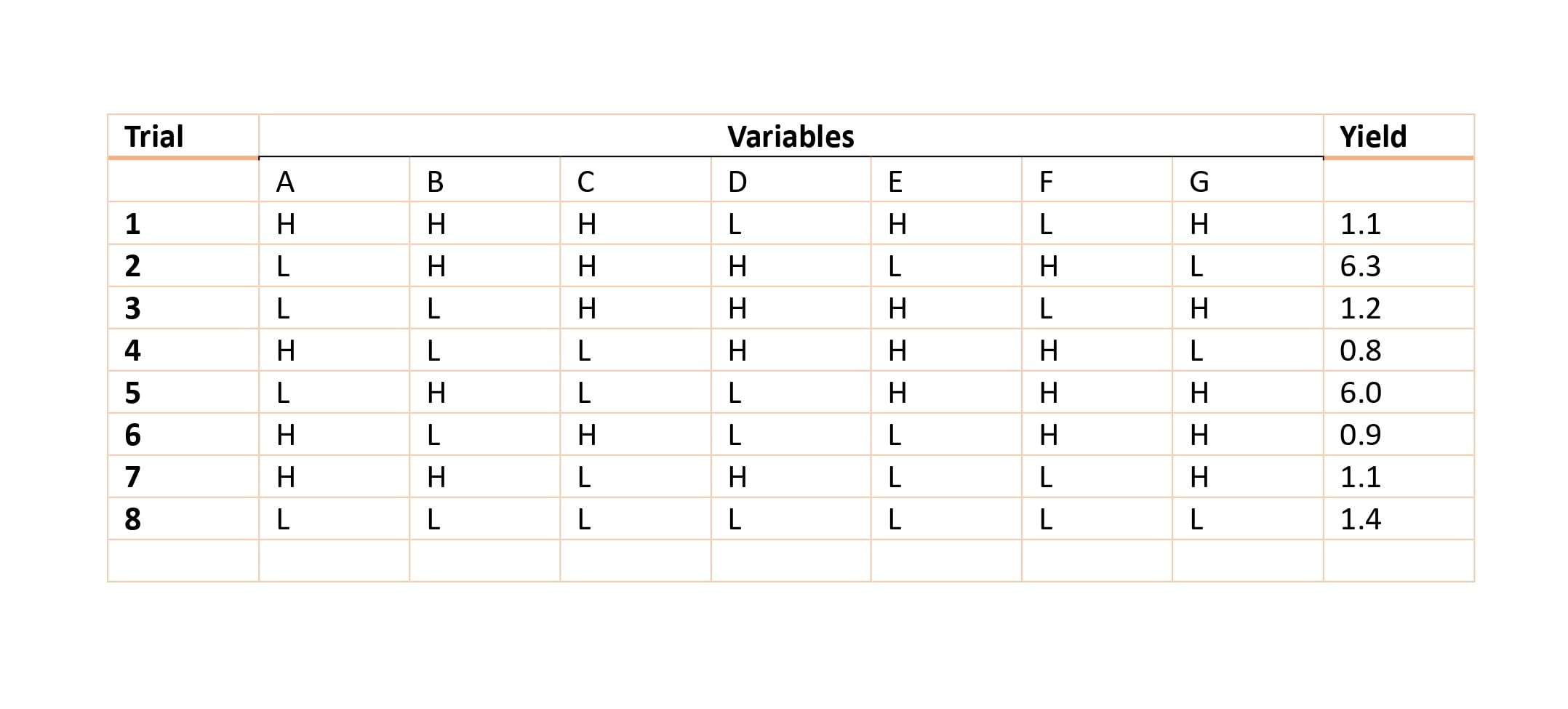
In above table H represent High and L represent Low
- Each horizontal row represents a trial and each vertical column represents the H (high) and L (low) values of one variable in all the trials.
- The effects of the dummy variables are calculated in the same way as the effects of the experimental variables.
- If there are no interactions and no errors in measuring the response, the effect shown by a dummy variable should be O.
- If the effect is not equal to 0, it is assumed to be a measure of the lack of experimental precision plus any analytical error in measuring the Response.
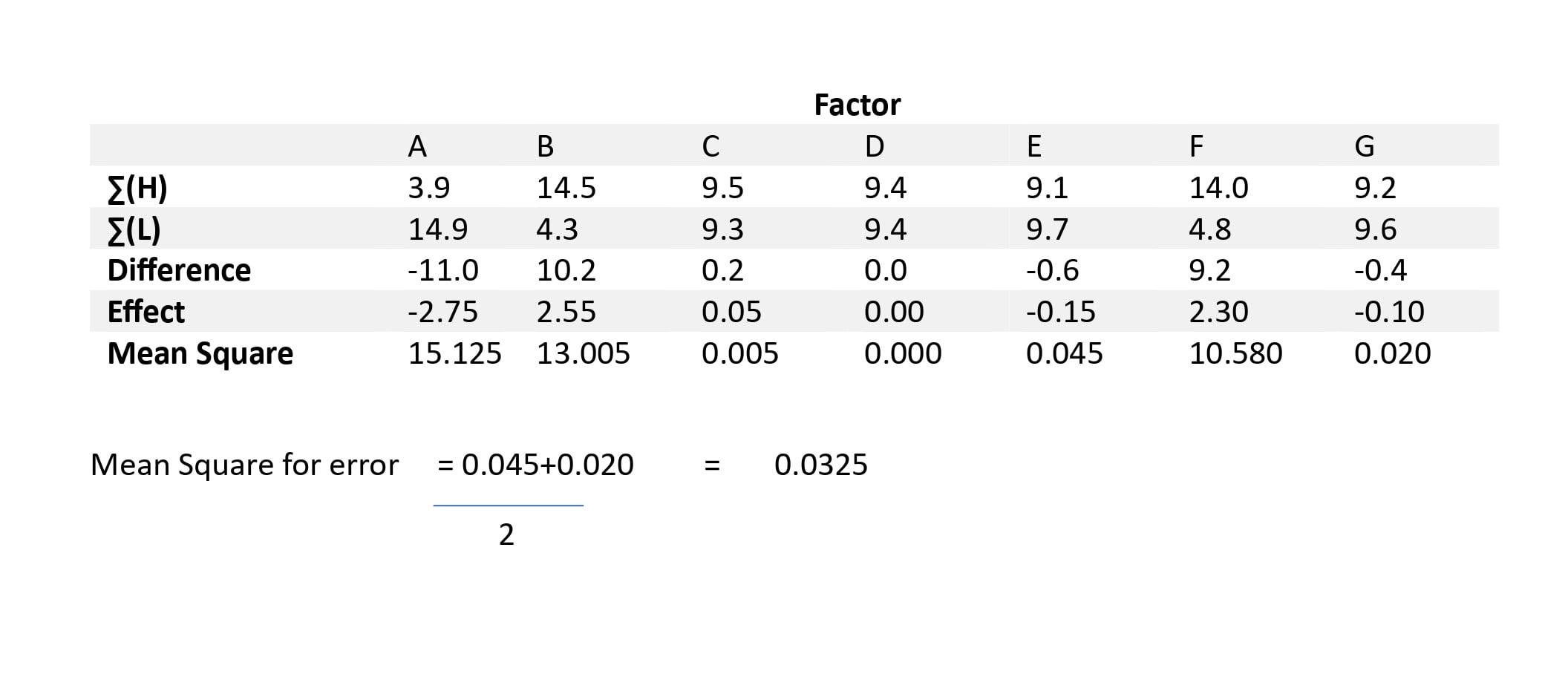
Difference Calculation
Determine the difference between the average of the H (high) and L (low) responses for each independent and dummy variable.
Therefore the Difference = LA (H) – LA (L)
Effect Calculation
The effect of an independent variable on the response is the difference between the average response for the four experiments at the high level and the average value for four experiments at the low level.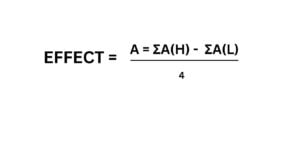 Mean Square Calculation,
Mean Square Calculation,
Estimate the mean square of each variable (the variance of effect). For A the mean square will be =
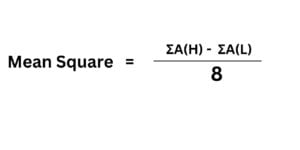
Mean square for error
The experimental error can be calculated by averaging the mean squares of the dummy effects of E and G.
Thus, the mean square for error =
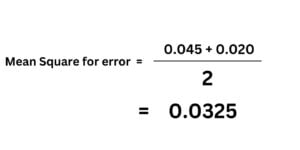
F-test
The final stage is to identify the factors which are showing large effects. In the example this was done using an F-test for
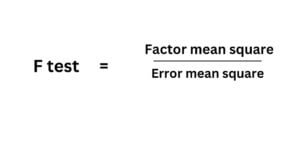
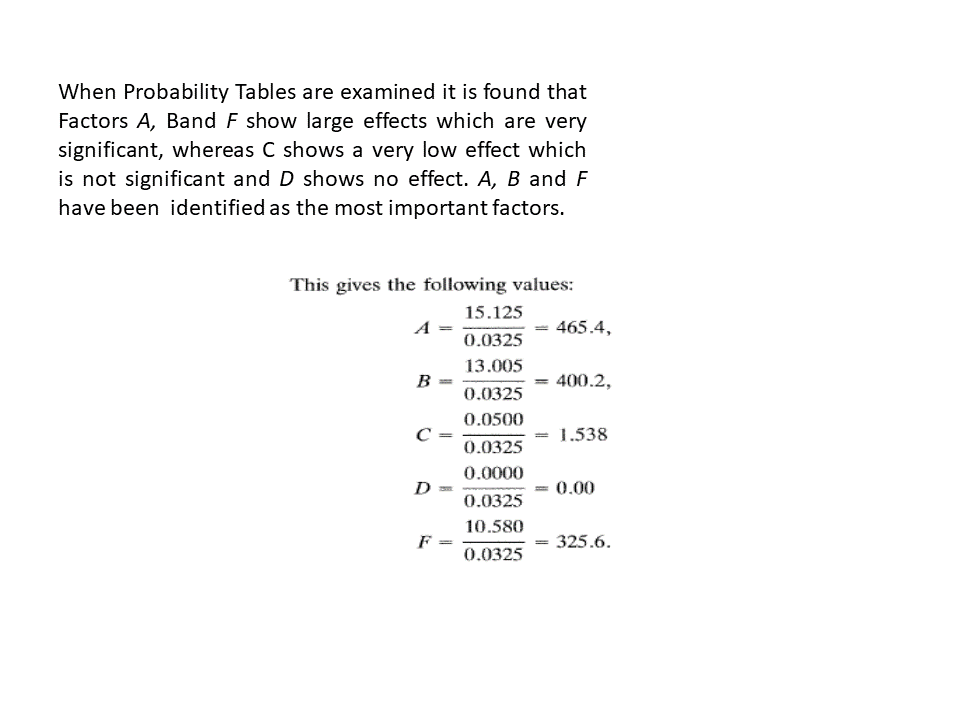

Author – Team Bio Help Learning
This article is written by bio help Learning Content creator team all the information available in this above article is only for education and teaching purposes. all right reserved of above content is to bio help learning and if you want to give suggestions in above article you can write email to us on biohelplearning@gmai.com and support our team to developed more engaging and readable content.
